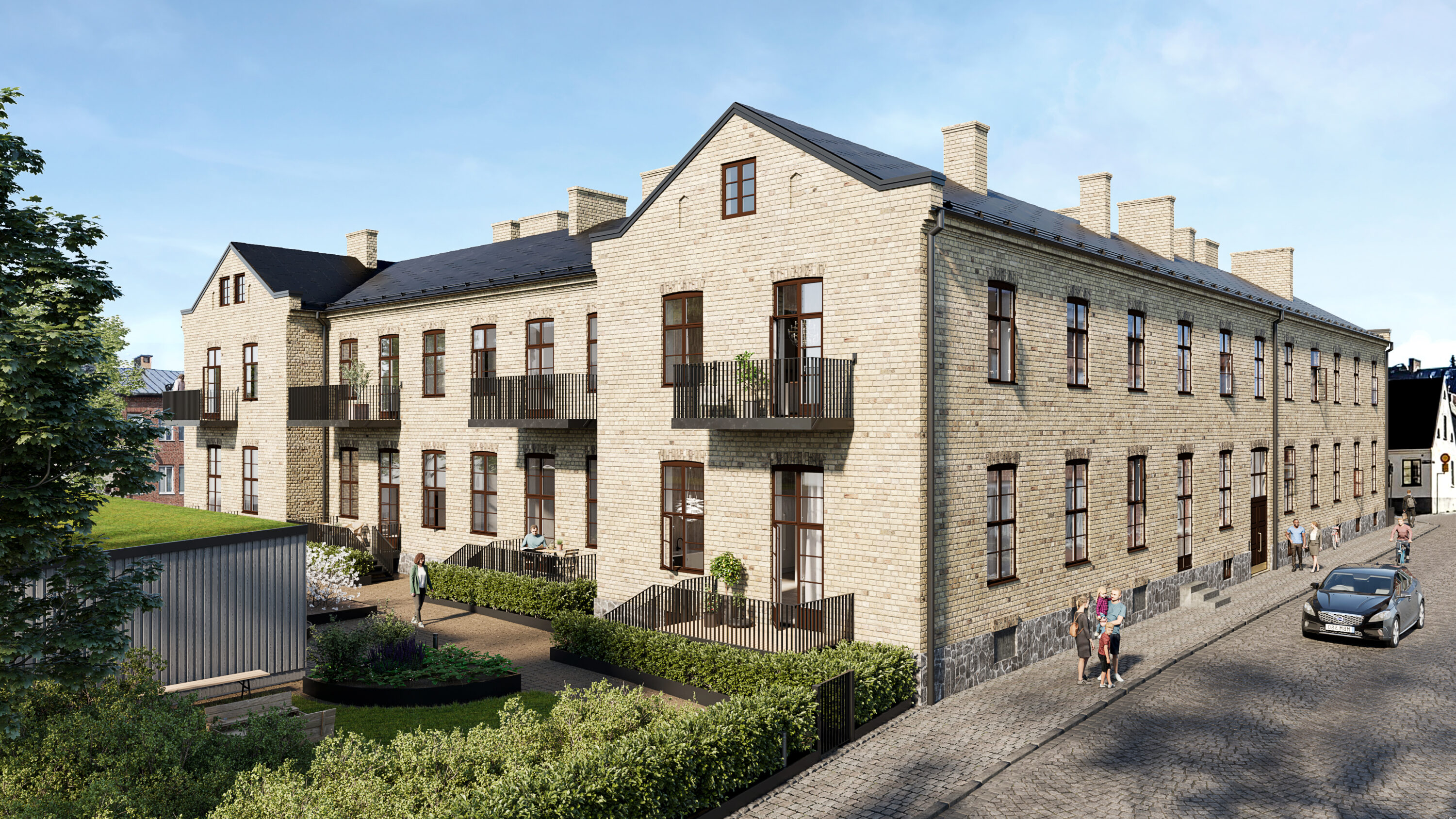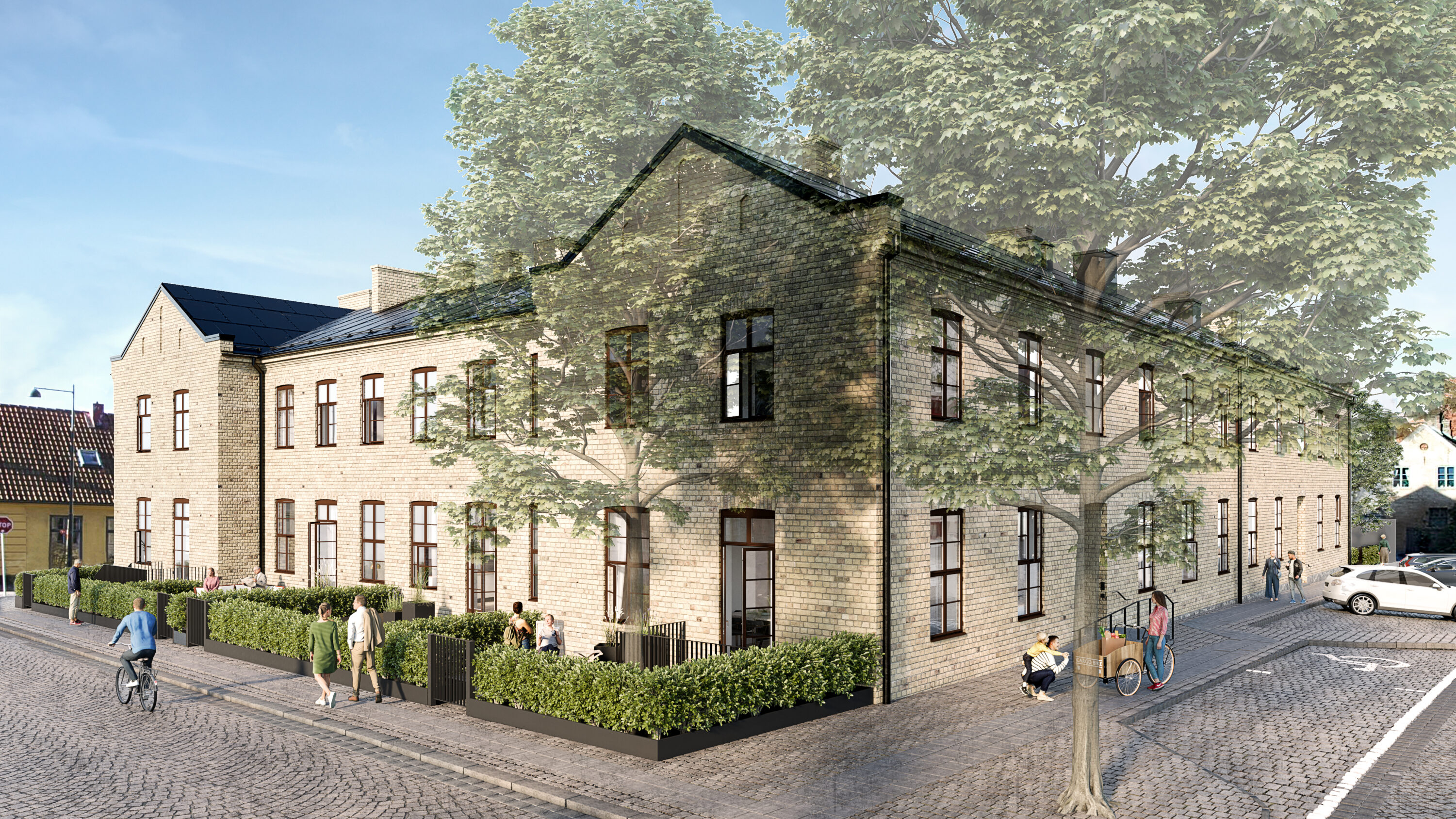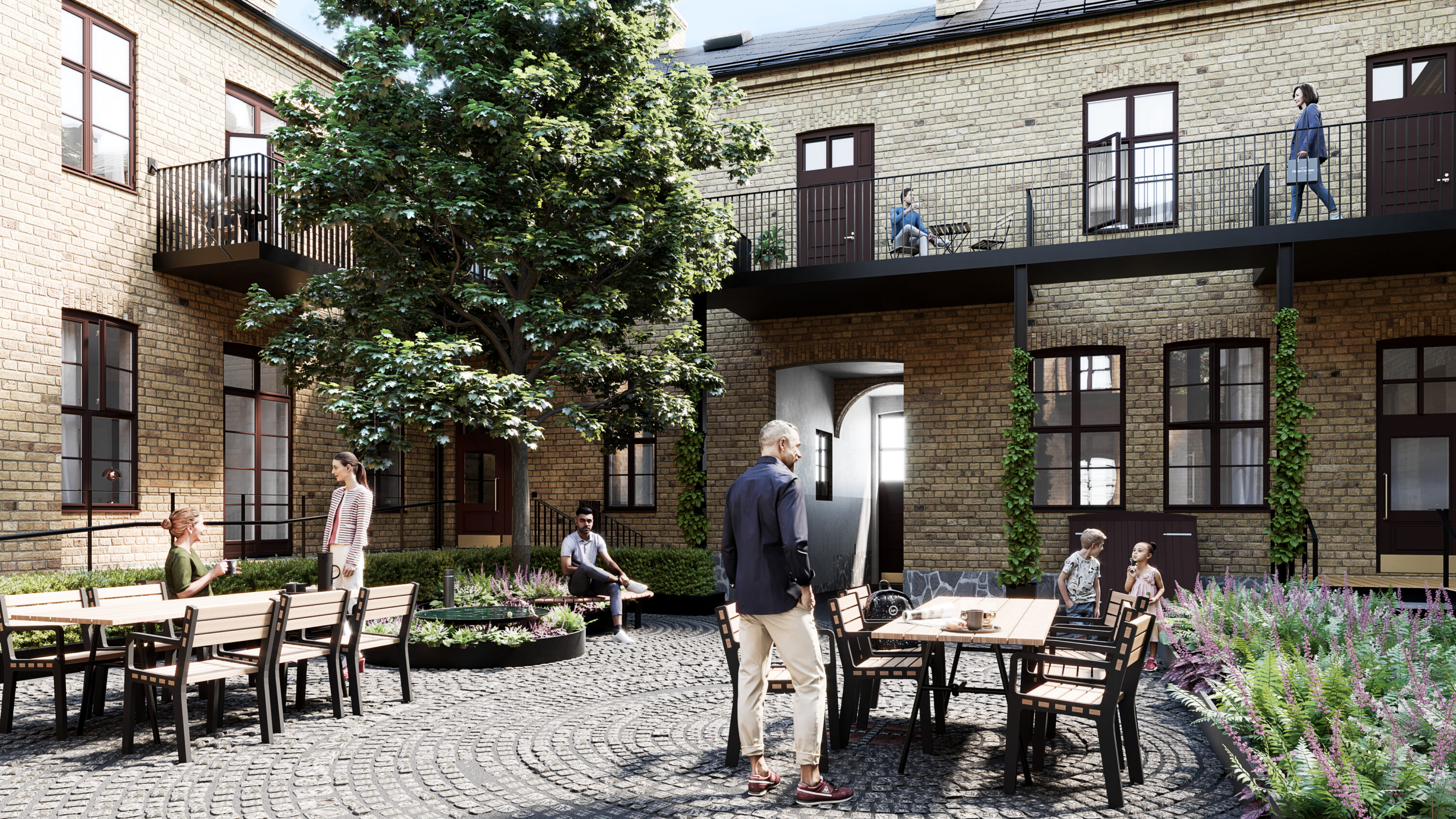2021-06-08
Cultural and historical institution converted into housing
From 19th century laboratory to 21st century housing - one of Lund's oldest institutional buildings has been respectfully redesigned by FOJAB. The sale of the apartments, where extremely high demands have been placed on the transformation, is now starting.
In the middle of the Culture Quadrant in Lund, a stone's throw from the Cathedral, is the historic Maria Magle block. In the 13th century there was a church here, for several hundred years after the church was demolished there was a cemetery on the site and in 1863 the Department of Chemistry was built. In 1959 the building was handed over to the Department of History but since 2014 it has been empty.
Sustainable use of resources
- There is not much new construction in central Lund, so this is a fantastic opportunity. A project that takes advantage of the building's potential both in terms of history and location. Not least, it is a sustainable use of resources," says Stefan Andersson, project developer at Midroc, client and developer.
- We chose to work with FOJAB because they have experience of similar projects. It has also been valuable for the project to have the same architect all the way, from the early detailed planning stage to future construction documents.
The building occupies the entire block and is built around a green courtyard. With its yellow brick facade from Lomma Tegelbruk and sandstone plinth from Hardeberga quarry, the building is architecturally representative of the 19th century. The handmade bricks, the regular windows and the tin roof are still there, as are the unusually large number of chimneys, which are reminiscent of a business where ventilation was particularly important.
Proceed with caution
In order for the house to last for another hundred years, a thorough review of the masonry has been carried out, windows have been carefully opened up to window doors and period attributes are being recreated with respect to what the house and the Cultural Quadrant represent. Andreas Blomberg, responsible architect at FOJAB, talks about the work:
- The house has a stripped-down and simple design, which is why it has held up so well over time. We have proceeded carefully and worked with the house on its own terms. The frame is intact and the existing high level of materiality is matched or enhanced.
- For cultural and historical reasons, we do not touch what does not need to be touched. The patina on the bricks can remain, the oxidized surface is both nice to look at and protects the stone. We complete damaged joints with the same ridge joint as originally. Windows are preserved and we supplement with new gates and doors, and glass doors of the same quality and expression.
Elegant forging
The main architectural addition to the exterior is the new exterior balconies, entrance stairs, railings and attic walkway, which are made of elegant black-painted wrought iron.
To enhance the visual and tactile experience inside, the interior is complemented by beautiful original details while adding new modern materials and details of high architectural and material quality.
Components from cultural layers
Josephine Philipsen, landscape architect at FOJAB, is responsible for the outdoor environment:
- We have picked up components from various cultural layers on the site, which return in a new form. For example, there used to be a well in the courtyard, which will be picked up and redesigned as a water mirror. The traces of a church wall will be visible as a coarser line in the pavement. The paving stones will be reused in a new set of stones inspired by motifs on the flooring of the church, solar crosses, found during a previous archaeological survey. The solar cross also appears in the plantings.
Project: Kv Maria Magle, Lund.
Status: Estimated occupation in winter 2022.
Client: Midroc
Architect: FOJAB
Project group FOJAB: Andreas Blomberg, Nina Torstensson, Mirelle Landerberg, Josephine Philipsen.


